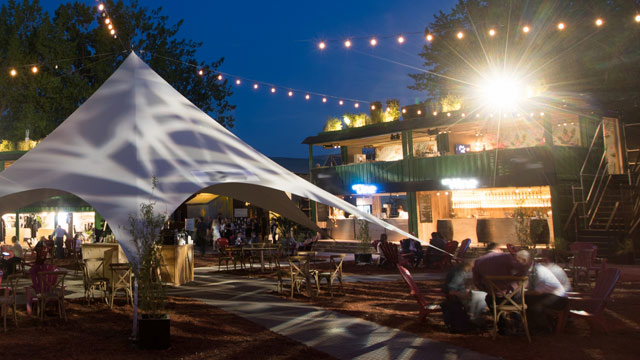
Chambly Canal National Historic Site
Along the Richelieu River, the Chambly Canal stretches nearly 20 kilometres between the municipalities of Chambly and Saint-Jean-sur-Richelieu. A small paradise for cyclists, boaters and hikers, the site offers pure relaxation in an environment carved out by more than a century of history.

Learn-to Winter
Register your kids to learn the basics of cross-country skiing at affordable prices!
Visiting Chambly Canal National Historic Site
Activities and experiences
Upcoming events, outdoor activities, family picnics, winter sports and more.
Plan your visit
How to get there, fees, hours of operation, passes, permits, guidelines and more.
Lockage and navigation
Information on navigation and lockage: routes, night mooring and much more.
About Chambly Canal National Historic Site
Culture and History
Discover the cultural and historical impact of the Chambly Canal on the Valley of the Richelieu.
Nature and science
Conservation and science, animals, plants, the environment, and research.
Stewardship and management
Jobs, communications, partners, occupancy permits, public consultations, plans and policies and more!
Contact Chambly Canal National Historic Site
General inquiries:514-283-6054 or 1-888-773-8888 infocanalqc@pc.gc.ca
Lock No. 1: 450-658-4381
Hours of operation
See the complete scheduleMore places to discover with Parks Canada

Fort Chambly National Historic Site
Roughly 30 kilometres southeast of Montreal, Fort Chambly rises proudly at the foot of the Richelieu River rapids. Built in 1711 to defend the colony, this stone fortification was preceded by three wooden forts.
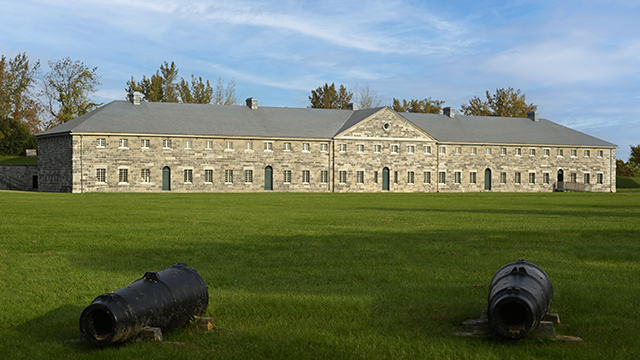
Fort Lennox National Historic Site
Built on Île aux Noix between 1759 and 1760, Fort Lennox reopened its doors in June 2023 after major restoration work. This mythical site was at the heart of the French defense against the British invasion by the Richelieu River, and the ferry ride to get there is worth a visit in itself.
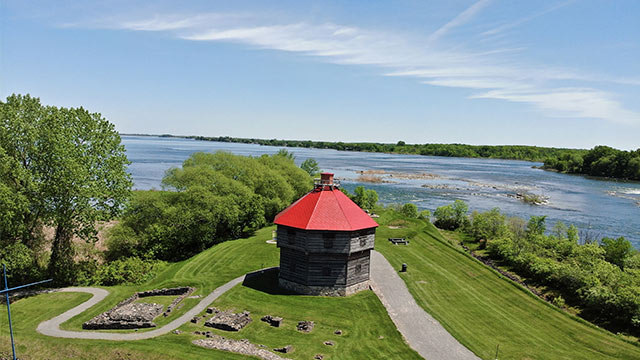
Coteau-du-Lac National Historic Site
The Coteau-du-Lac site is a natural stop for history lovers and outdoor enthusiasts. As the first fortified lock structure in North America, the canal is the direct ancestor of the St. Lawrence Seaway.
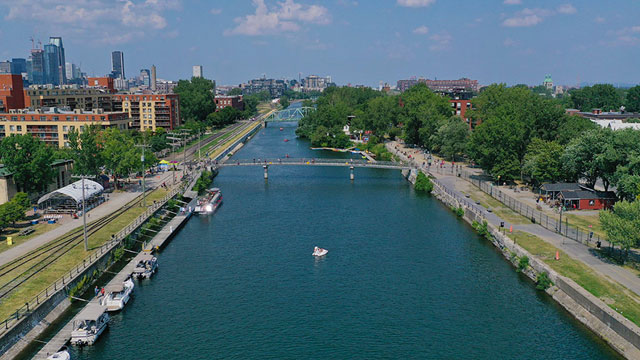
Lachine Canal National Historic Site
A veritable open-air museum, the Lachine Canal recounts the beginnings of industrialization in Montreal. Explore the ingenuity of this 1825 structure. Follow its urban course, sail through the locks by boat, and enjoy an oasis in the city.
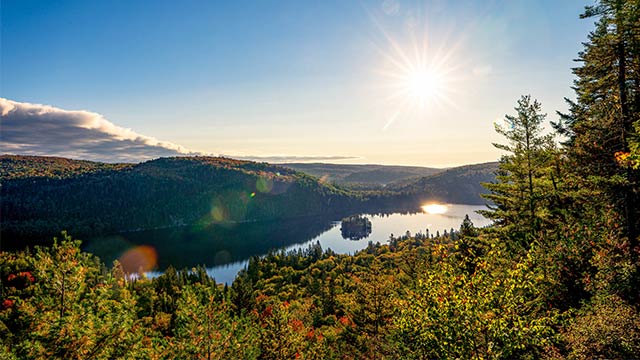
La Mauricie National Park
With its 536 km2 area, La Mauricie National Park is the ideal place for an outdoor escape. Hills, forests and streams are accessible any season of the year.
- Date modified :
